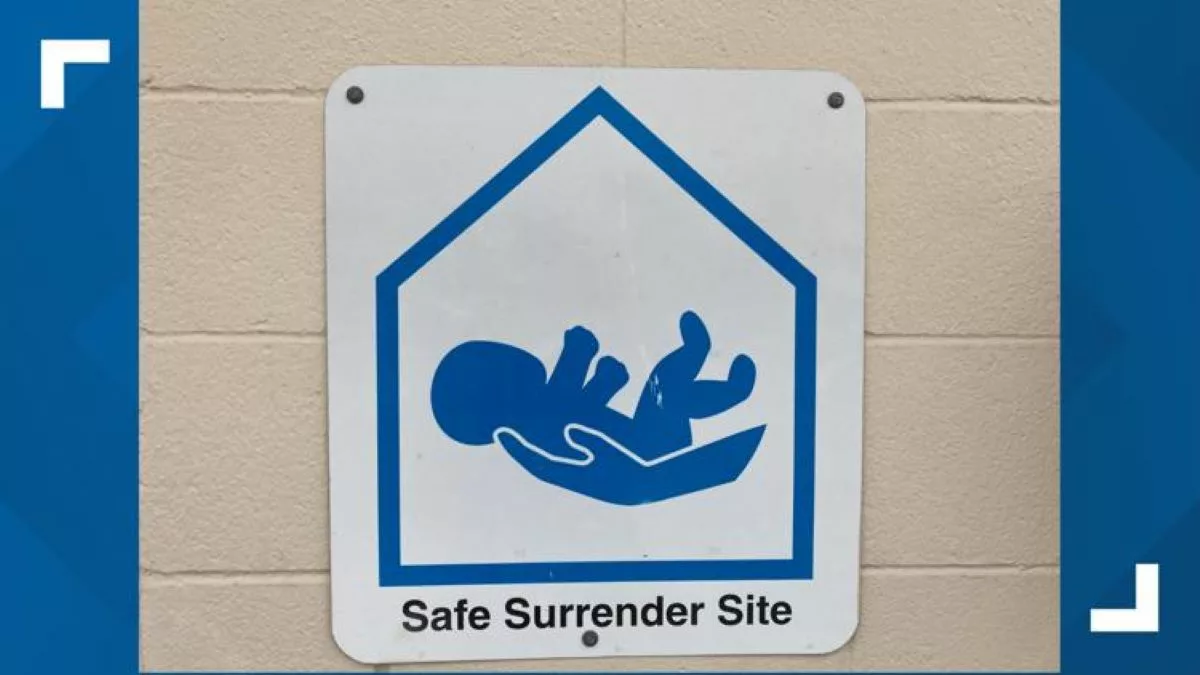Medical expenses are part of the bill your family may generate. Most of these bills add up quickly and could cost several thousands of dollars. If you or your dependents have had expensive medical expenses, there’s a lifeline for you: the Medical and Dental Expenses Tax Credit.
This comprehensive guide delves into the core aspects of the tax credit. We will explore what the credit is, its benefits, eligibility requirements, documentation needed, and how to apply for the tax credit.

- What Is a Tax Credit?
- What Is the Medical and Dental Expenses Tax Credit?
- How Does It Work?
- What Are the Qualifying Medical and Dental Expenses?
- What Expenses Aren’t Included?
- Benefits of the Tax Credit
- Who Is Eligible?
- How To Apply
- Documentation Needed
- What Happens Next?
- Can You Claim Other Benefits?
- A Simple Way To Put Money Back in Your Pocket
What Is a Tax Credit?
A tax credit is a financial incentive offered to individuals and businesses to reduce their tax liability. A tax credit is often mistaken for tax deductions, but they are different. While a tax credit subtracts a specific amount from the total taxes you owe, tax deductions reduce the amount of your income subject to taxation. In layman’s terms, tax credits lower the amount of taxes you owe, while tax deductions lower the portion of your income that gets taxed.
What Is the Medical and Dental Expenses Tax Credit?
The Medical and Dental Expenses Tax Credit is a financial benefit that allows you to claim a credit for qualifying expenses incurred during the tax year. This benefit is provided by the Internal Revenue Service (IRS), a division of the US Department of the Treasury.
How Does It Work?
The medical and dental expenses tax credit works by simply deducting qualified expenses exceeding 7.5% of your Adjusted Gross Income (AGI).
Adjusted Gross Income is your gross income minus the adjustments to that income. Gross income includes wages, capital gains, business income, dividends, and other income. Adjustment to that income may include student loan interest, alimony payments (if any), or contributions to a retirement account.
For instance, you have an AGI of $60,000, and your family has $15,000 in medical bills for the tax year. 7.5% of your AGI will be (0.075 x 60,000), which is $4,500. You can subtract that threshold from your medical expenses (15,000 – 4,500), which is $10,500.
So, in this case, you can only deduct expenses that exceed $4,500 but not more than $10,500 on your tax return.
What Are the Qualifying Medical and Dental Expenses?
The qualifying medical and dental expenses include the following:
- Abortion
- Acupuncture
- Alcoholism
- Contact lenses
- Crutches
- Drug addiction
- Eye surgery
- Laboratory fees
- Long-term care
- Medical prescription
- Nursing home
- Psychiatric care, and many more
See the medical and dental tax deduction checklist for qualifying expenses here.
What Expenses Aren’t Included?
The following medical and dental expenses are not included in the tax credit:
- Babysitting
- Future medical care
- Hair transplant
- Household help
- Nonprescription drugs
- Personal use items
- Veterinary fees
- Weight loss programs, and many more
See the medical expenses list that isn’t included here.
Benefits of the Tax Credit
This tax deductible provides several benefits for working-class Americans. They include the following:
- Reduced taxable income. The tax credit deducts qualified medical and dental expenses from your taxable income. This effectively lowers the amount of your earnings that will be taxed, lowering your overall tax bill.
- Itemized deduction. It’s not every taxpayer that itemizes their tax deductibles. However, if you have significant medical and dental expenses, you can itemize them on your Schedule A tax return form. This can potentially result in greater tax savings compared to taking the standard deductions.
- Assistance for seniors. Older adults with more medical needs may find this financial tax deduction beneficial. It can help reduce the financial strain associated with healthcare costs after retirement.
- More eligibility. The tax credit covers a wide range of medical expenses, including dental treatments, hospital stays, alternative treatments, adaptive equipment, costs for newborns, diabetes-related costs, prescription medications, and many more.
Who Is Eligible?
The following persons are eligible for the medical and dental tax deductible.
- You must be a US Citizen or resident alien
- Your dependent who is also a US citizen or national or a resident of Canada or Mexico
- Your dependent has a gross income of $4,400 or more in 2022
- Your child who is 19 at the end of 2022 or of any age and permanently disabled
You can visit the IRS page for more eligibility information.
How To Apply
To apply for the medical and dental expenses tax credit, you need to:
- Gather all relevant documentation for your medical and dental expenses. This includes receipts, insurance statements, bills, and other records.
- Claim the medical expense deduction you need to itemize it on your federal tax return. Use Schedule A when filing Form 1040.
- Calculate your qualified medical and dental expenses. Remember that you can only take 7.5% of your AGI. Report your medical expenses in the appropriate section.
- Complete the rest of your tax return as usual, including reporting your AGI, credits, deductions, and other information.
- Keep a copy of your filed tax return, including Schedule A and other supporting documents, for your own records.
It’s essential to understand that these regulations can change. So, it’s wise to check with the most recent IRS guidelines.
Documentation Needed
You will need the following documents when applying for the tax deductible.
- Medical and dental bills, including invoices from doctors, hospitals, dentists, clinics, and other healthcare providers. Ensure these bills have a description of the treatment and the amount paid.
- Records of prescription medication purchased
- Insurance statements from your insurance provider
- Travel and transportation expenses for medical purposes
- Medical reports
Remember, while these documents are essential for claiming deductions accurately, you don’t need to submit them with your tax return.
What Happens Next?
If the IRS accepts your tax return without any issues, your deductions and the rest of your return will be processed. If you are entitled to a refund, your refund amount will be adjusted based on the deductions you claimed.
In some cases, the IRS may select your return for verification. If this happens, they will send you a letter requesting specific documentation to support the deductions you claimed, including the medical and dental expenses.
If there are any issues regarding your claimed deductions, the IRS will reach out to you via mail. Remember that it’s your responsibility to maintain accurate records and provide supporting documentation for the tax deductible.
Can You Claim Other Benefits?
Yes. You are entitled to claim other federal benefits if eligible. These benefits include Temporary Assistance for Needy Families (TANF), Special Milk Program, Supplementary Nutrition Assistance Program (SNAP), Commodity Supplemental Food Program, and many more.
A Simple Way To Put Money Back in Your Pocket
The medical and dental expenses tax credit is specially designed to reduce the amount of your earnings that will be taxed. If you’re looking for a way to ease the financial strain of taking care of your family’s medical expenses, this tax credit is all you need. You can claim up to 7.5% of your annual gross income (AGI).
Remember that specific qualifying medical expenses are included in the tax credit, and ensure that your claimed expenses fall within that category.




